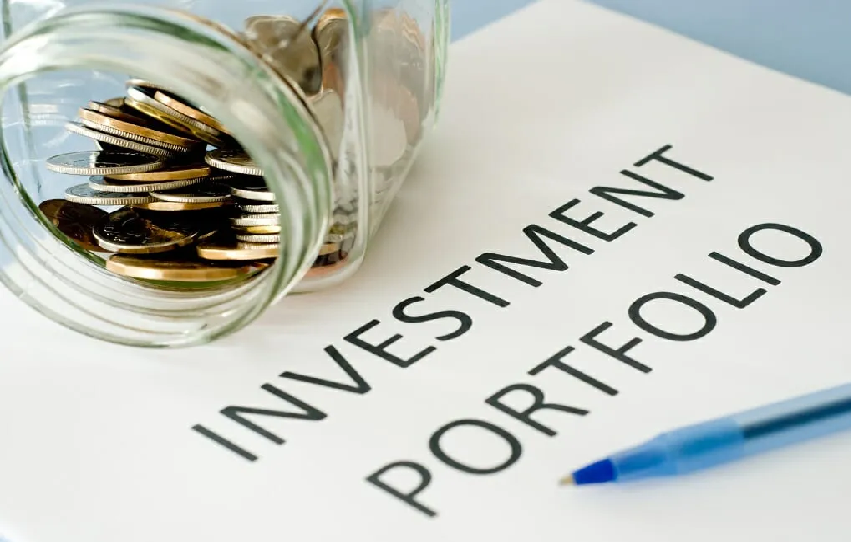Recession implies to a widespread and significant decline in economic activity that generally lasts more than a few months. As Kavan Choksi Finance Expert points out, recession is commonly defined as two consecutive quarters of negative of GDP. Recession symptoms can range from falling real incomes and weakening employment to faltering confidence on the part of consumers and businesses. This environment often impacts investor confidence and increases their risk aversion.
Kavan Choksi Finance Expert briefly talks about investment portfolio strategy in a recession
Bear markets associated with recessions typically start and trough before economic activity does, andtends to last longer than other bear markets. However, there obviously is no way of knowing ahead of stock decline how long lasting may it prove to be. Historically, an inverted yield curve has been the most dependable indicator of recession. For investors, overreacting to a recession signal can prove to be costly. Very often economic expansions tend to last longer than one may expect, and delivers strong -market gains near the end. Gold US government bonds have historically fared best during recessions. On the other hand, commodities and high-yield bonds have traditionally suffered alongside stocks.
Most experienced investors understand that it is not easy to predict a recession in time to flee risk assets for safe harbors. In such a situation, maintaining a diversified portfolio would be important for recouping losses sustained in a recession during the subsequent recovery. The stocks of major, reliably profitable companies with a long standing track record of weathering downturns and bear markets would be the safest ones to own during a recession. Companies that have healthy cash flows and strong balance sheets typically fare better in a recession in comparison to the companies that are dealing with heavy debt or experiencing big declines in the demand for their products.
As per Kavan Choksi Finance Expert, the consumer staples sector has historically outperformed during recessions, as it supplies items that consumers purchase no matter their financial situation. Consumer staples include household goods, food, toiletries, beverages and more. On the other hand, technology suppliers and automakers may suffer during a recession, as consumers cut down their spending.
Recession events are relatively rate. Countries typically have certain monetary and fiscal policy tools that help in promoting recoveries. As the imbalances that led to the recession get corrected, economies generally rebound even in the absence of appropriate policy support. When recovery takes hold, recession risk factors like dependence on economic momentum and high operating leverage may actually turn into advantages for growth and small-cap stocks that might be undervalued in the meantime.
In fixed-income markets, a heightened appetite for risk enhances the relative appeal of corporate debt across various grades and mortgage-backed securities. As the risk premium decreases, the yield spreads for these types of debt over US Treasuries with comparable maturity also contract. Conversely, government bonds typically experience a decline, causing yields to rise. Consequently, even if riskier debt outperforms Treasuries, there is a potential for it to incur absolute losses. Moreover, a resurgence in economic growth typically fares well for commodities, as increased economic activity drives up the demand for raw materials.

